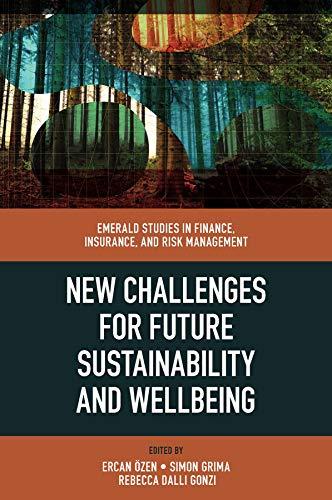Question
1) Net income available to common stockholders divided by the weighted average number of shares of common stock outstanding during the period is: A. gross
1) Net income available to common stockholders divided by the weighted average number of shares of common stock outstanding during the period is: A. gross profit
B. diluted earnings per share
C. operating profit
D. earnings
E. basic earnings per share
2)Cost of merchandise sold during the period; an expense deducted from net sales to arrive at gross profit is called: A. COGS
B. cash flow
C. profit
D. depreciation
E. expenses
3) Revenues resulting from the sale of product is:
A. cash flow
B. revenues
C. sales
D. expenses
E. profit
4) An income statement format that excludes subtotals such as gross profit and operating income is:
A. operating income
B. cash flow
C. single-step format
D. profit
E. multi-step format
5) Expenses, other than cost of goods sold, incurred in the day-to-day activities of the entity are:
A. operating income
B. revenues
C. cashflow from operations
D. profit
E. operating expenses
6) Decreases in net assets from incidental transactions and other events affecting an entity during a period except those that result from expenses or distributions to owners are:
A. cash outflows
B. revenues
C. losses
D. profits
E. gains
7) The difference between net sales and cost of goods sold is:
A. operating come
B. diluted earnings per share
C. net profit
D. basic earnings per share
E. gross profit
8) A gain or loss from a transaction that both is unusual in nature and occurs infrequently; it is reported separately in the income statement and shown net of taxes is:
A. expenses
B. extraordinary item
C. net margin
D. revenues
E. operating income
9) A freight payment alternative meaning that freight is payable when the merchandise arrives at its destination is called:
A. freight prepaid
B. freight collect
C. dilution
D. accrual
E. inventory
10) Manager's ability is best judged through:
A. diluted earnings per share
B. operating income
C. basic earnings per share
D. net income
E. gross profit
11) The two legislations passed to improve corporate governance are:
A. the Sarbanes-Oxley Act (SOX) of 2002 and the Wall Street Reform and Consumer Protection Act of 2010 (the Dodd-Frank Act)
B. Chief executive officers (CEOS) and chief financial officers (CFOS)
C. Chief financial officers (CFOS) and chief executive officers (CEOS)
D. the Public Company Accounting Oversight Board (PCAOB) of 2002 and the Wall Street Reform and Consumer Protection Act (the Dodd- Frank Act) of 2010
E. the Sarbanes-Oxley Act (SOX) of 2002 and the Public Company Accounting Oversight Board (PCAOB) of 2010
12) The "say on pay" mandate is a result of:
A. PCAOB
B. SOX
C. CFO
D. CEO
E. Dodd-Frank
13) Chief executive officers (CEOS) and chief financial officers (CFOS) are required to attest to the correctness of their company's financial statements as a result of:
A. PCAOB
B. Dodd-Frank
C. ROE
D. SEC
E. SOX
14) The following item is not an example of recording bogus revenue:
A. Recording revenue from transactions that lack a reasonable arm's-length process.
B. Recording revenue from transactions that lack economic substance.
C. Recording revenue from appropriate transactions, but at inflated amounts.
D. Recording revenue from appropriate transactions at real amounts.
E. Recording revenue on receipts from non-revenue-producing transactions.
15) -
16) The following is not a type of auditor opinion:
A. public
B. qualified
C. disclaimer
D. adverse
E. unqualified
17) A merger between two or more firms, or the purchase of one firm by another is called:
A. stock option plan
B. business combination
C. corporate governance
D. financial review
E. net pension expense
18) A group of the firm's similar business activities is called:
A. business segment
B. business combination
C. business plan
D. financial review
E. business risk
19) An event that has an uncertain but potentially significant effect on the financial statements is called:
A. contingency
B. financial review
C. exchange rate risk
D. credit risk
E. business risk
20) An integral part of the financial statements that contains explanations of accounting policies and descriptions of financial statement details is called:
A. balance sheet
B. auditor's opinion
C. notes to the financial statements or financial review
D. cash flow statement
E. income statement
Step by Step Solution
There are 3 Steps involved in it
Step: 1

Get Instant Access to Expert-Tailored Solutions
See step-by-step solutions with expert insights and AI powered tools for academic success
Step: 2

Step: 3

Ace Your Homework with AI
Get the answers you need in no time with our AI-driven, step-by-step assistance
Get Started


